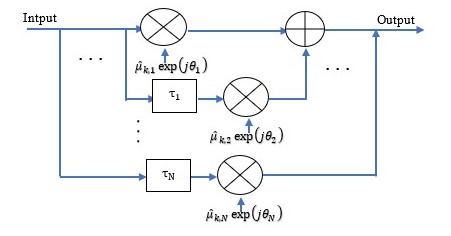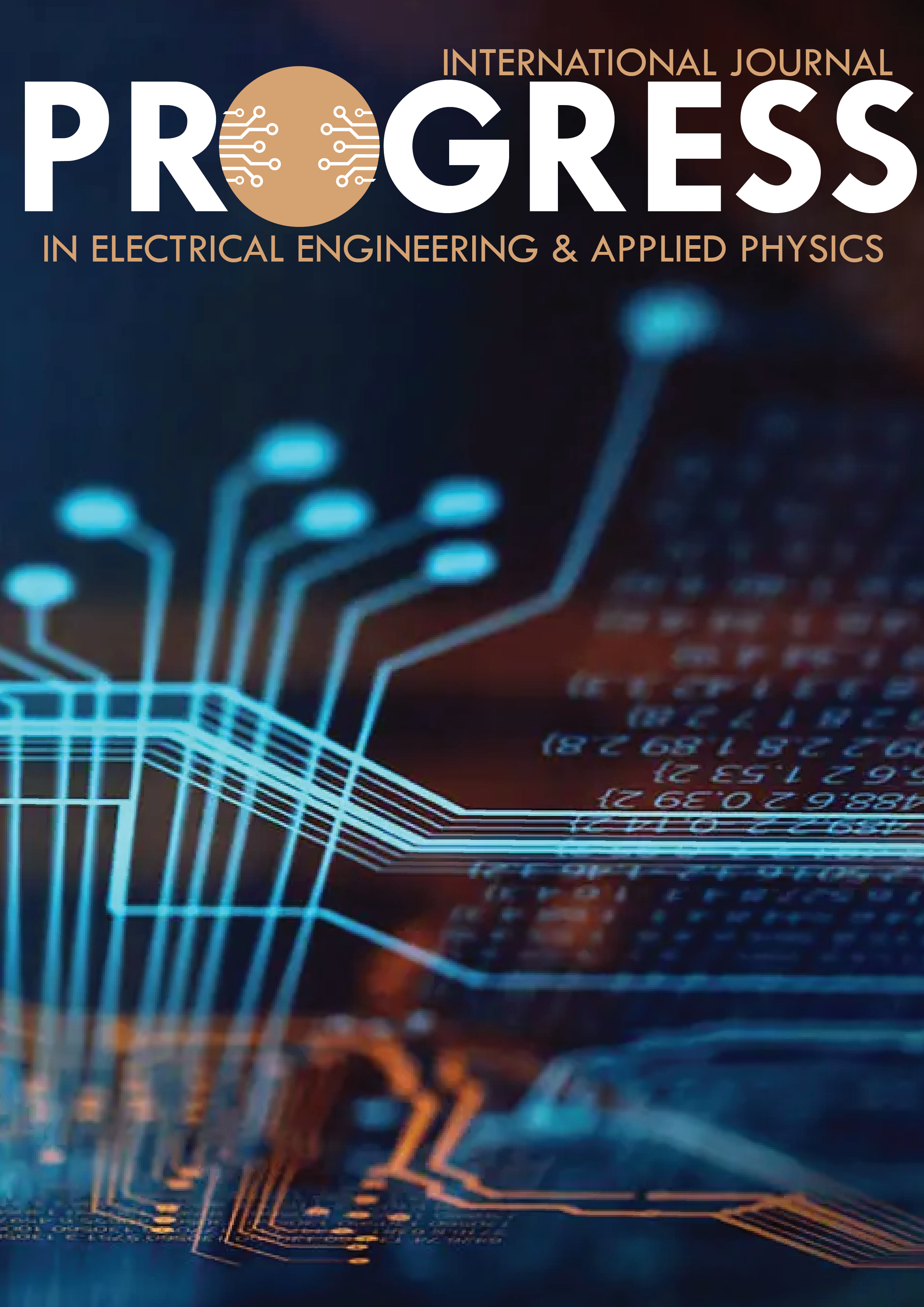SPATIAL MODELING OF THE TRANSMISSION CHANNEL FOR THZ RADIO COMMUNICATION SYSTEM
DOI:
https://doi.org/10.5281/zenodo.8351686Keywords:
Multi-path Component, Path Loss, Channel Modeling, Transfer Function, THz SystemAbstract
Due to the growing demand for high speed wireless communication systems, it is crucial to look for new technology that can support this need. Indeed, THz technology has the potential to provide high data rate and multimedia applications for wireless communication system. In this paper, we evaluate the channel impulse response and the channel transfer function of terahertz system. The objective of this work is to propose an appropriate channel model for the THz bands. For this reason, we build a static model based on the existing Saleh-Valenzuela model. we have modified this classical model to adapt it to the THz context. The proposed model takes into account propagation losses and multipath propagation to provide designers with the impulse and frequency response of the channel, as well as their variations over time for mobile channels. Simulation results have shown that the distance between transmitter and receiver play a major role. Besides, multi-path effect introduces notches in the channel and create bands in which the channel become more selective. Moreover, the increase in the carrier frequency lied to a high path loss. These issues produce inter symbols interference which affect the performance of overall system. Therefore, to simulate an entire system including transmitters and receivers we should take into account this bands in order to get good reliability.



